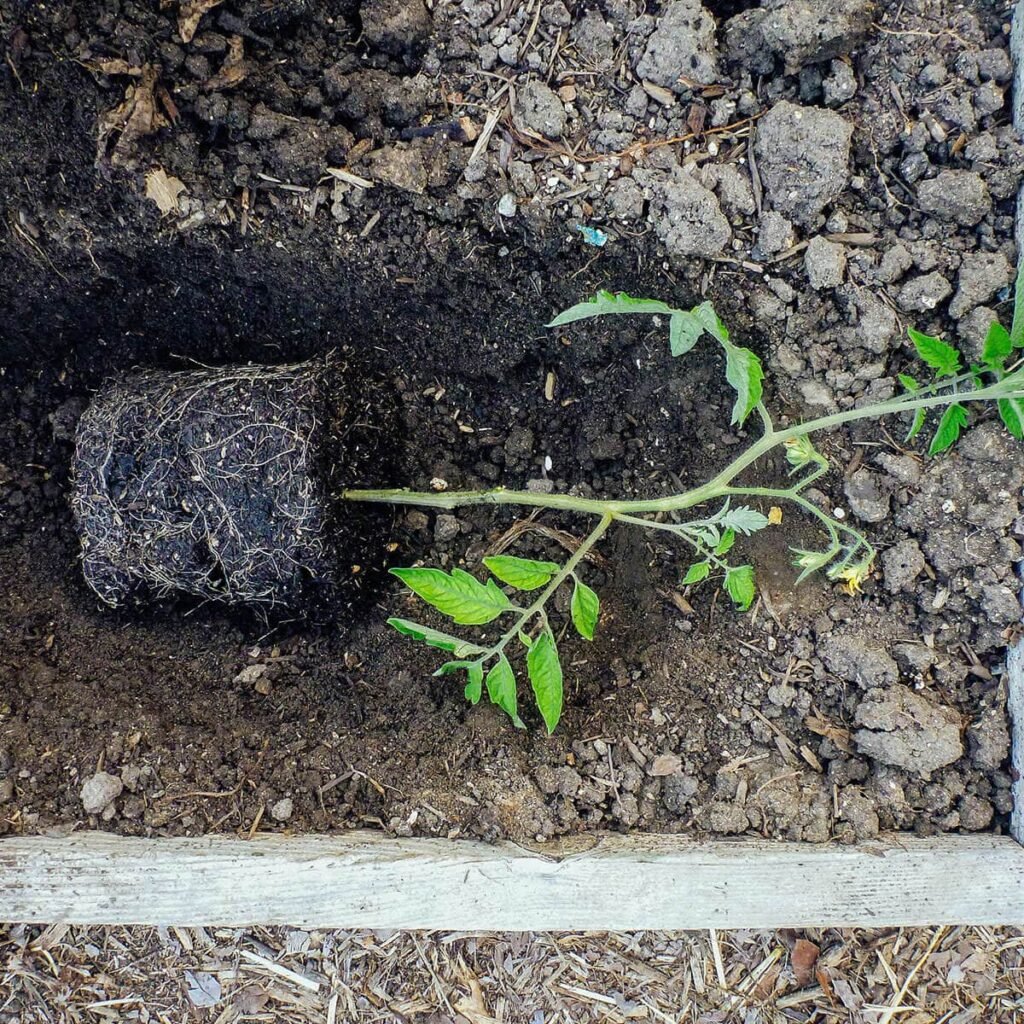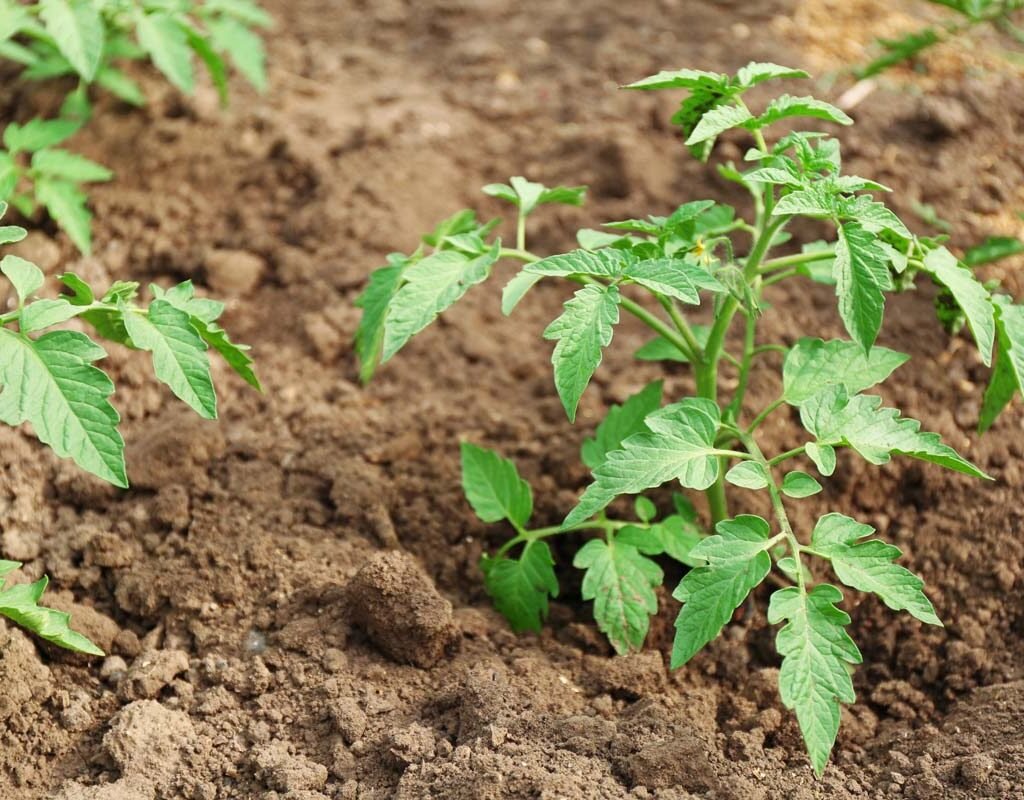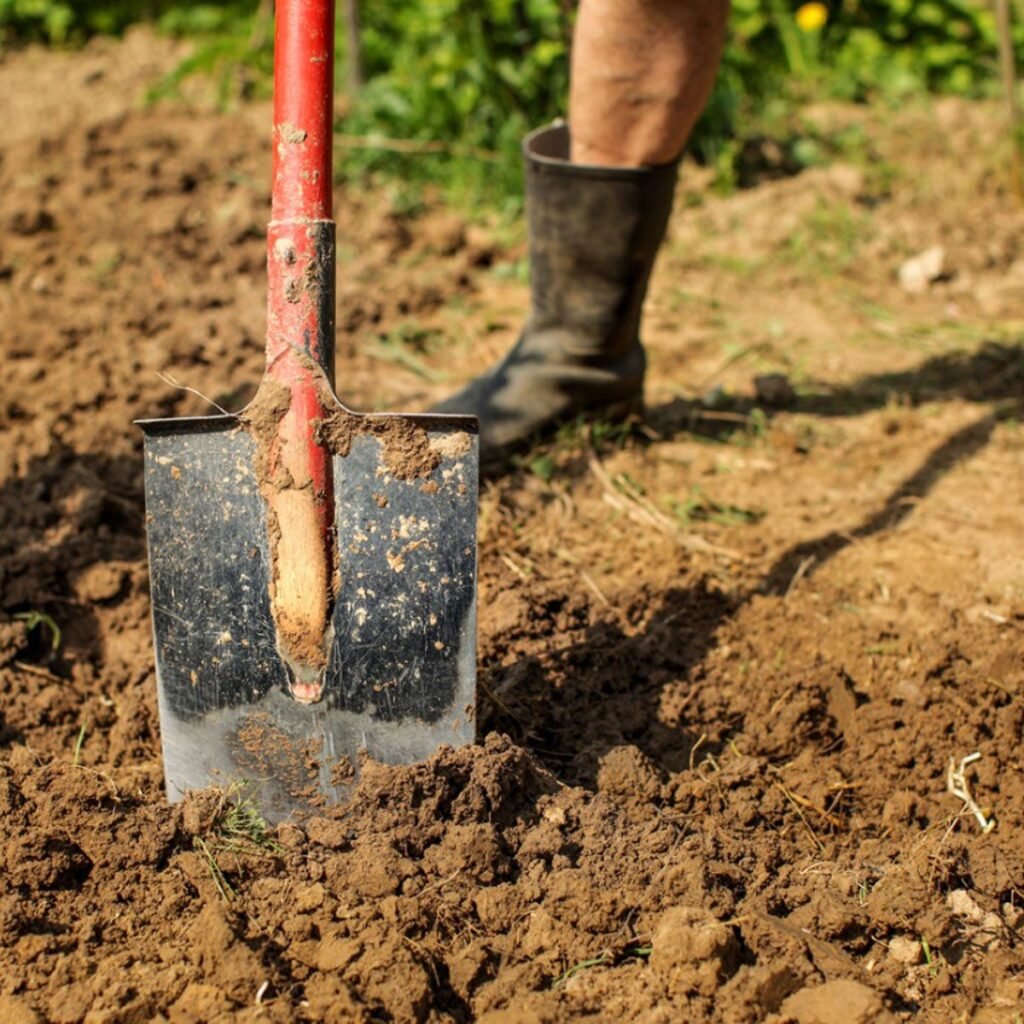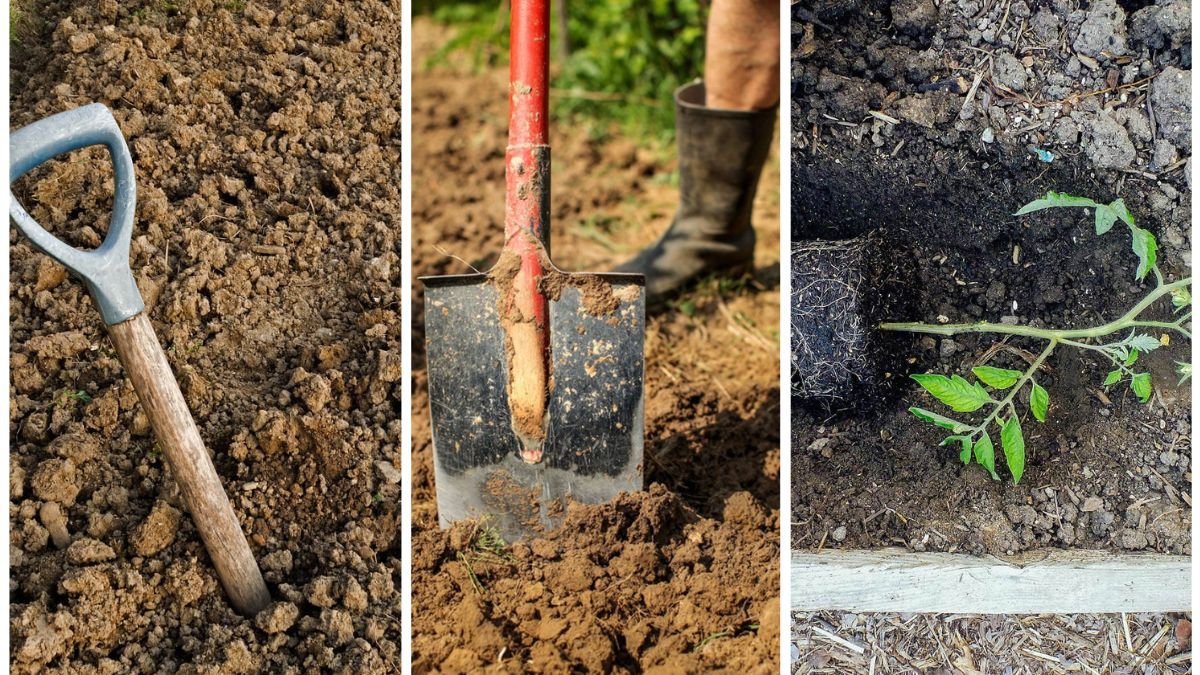Soil is the foundation of every garden, but not all soils are created equal. While sandy soils drain too quickly, clay soils often have the opposite problem—they hold onto water and nutrients so tightly that plant roots struggle to grow. If you’ve ever planted in heavy clay and noticed poor root development, wilting plants, or stunted growth, the soil may be the hidden culprit.
Clay soil isn’t inherently “bad.” In fact, it can be nutrient-rich and, when improved, highly productive. But in its natural, dense state, clay soil creates conditions that harm roots, limit plant growth, and reduce yields. Understanding these challenges and knowing how to address them can transform your gardening success.
This article explores why clay soil can harm roots, the specific problems it causes, and proven strategies to improve it for healthier, stronger plants.
Understanding Clay Soil

Clay soils are made up of very fine particles, smaller than sand or silt. Because of their size, these particles pack tightly together, leaving little space for air or water to move through. This results in soil that:
- Feels sticky when wet.
- Forms hard clumps when dry.
- Compacts easily under foot traffic or machinery.
While clay soil can hold nutrients better than sandy soil, its compact structure often locks resources away from plant roots, leading to serious problems.
How Clay Soil Harms Roots

1. Poor Drainage and Waterlogging
Clay soil drains slowly, which often leads to waterlogged conditions. Roots need oxygen to survive, but when soil pores are filled with water, air cannot reach them.
- Impact on roots:
- Roots suffocate and die due to lack of oxygen.
- Anaerobic conditions promote harmful bacteria and root rot.
- Plants appear wilted even though the soil is wet.
This paradox—plants wilting despite plenty of water—is a classic clay soil issue.
2. Compaction Restricts Root Growth
Clay soil compacts easily, especially when walked on or tilled when wet. Dense compaction makes it nearly impossible for roots to push through and expand.
- Impact on roots:
- Roots grow shallow instead of deep, leaving plants vulnerable to drought.
- Reduced root spread means fewer nutrients absorbed.
- Stunted growth, poor flowering, and lower yields.
3. Nutrient Lock-Up

While clay soils are nutrient-rich, those nutrients aren’t always accessible. The small particles hold nutrients tightly, making it hard for roots to absorb them.
- Impact on roots:
- Plants show nutrient deficiencies (yellowing leaves, poor growth) even in fertile soil.
- Root hairs, which absorb nutrients, may fail to develop properly.
- Fertilizers often “disappear” into the soil but don’t benefit plants.
4. Temperature Extremes
Clay soil heats slowly in spring and holds cold longer than sandy or loamy soil. During summer, it may crack and bake under the sun.
- Impact on roots:
- Delayed root growth in spring slows down early planting.
- Rapid drying and cracking in hot weather damage fine roots.
- Seasonal stress weakens plants over time.
5. Root Rot and Fungal Diseases

Because clay holds water, it creates a perfect environment for fungi like Pythium and Phytophthora to thrive.
- Impact on roots:
- Roots become mushy, blackened, and die off.
- Plants collapse suddenly from below-ground infections.
- Perennials and woody plants are especially vulnerable.
6. Shallow Root Systems
Plants in clay soil often develop shallow, surface-level roots to avoid compacted layers.
- Impact on roots:
- Plants are less stable and prone to toppling.
- Shallow roots dry out quickly in hot weather.
- Reduced access to deep soil nutrients and moisture.
Signs That Clay Soil Is Harming Your Roots

If you’re unsure whether clay soil is behind your plant struggles, look for these symptoms:
- Puddles that linger on the soil surface after rain.
- Cracked, hard soil in dry weather.
- Stunted plants with weak or shallow root systems.
- Wilting despite damp soil.
- Yellowing or nutrient-deficient leaves.
- Plants that rot at the base or collapse suddenly.
How to Improve Clay Soil for Healthier Roots
While clay soil can be challenging, it’s far from hopeless. With the right amendments and techniques, you can transform it into a root-friendly growing medium.
1. Add Organic Matter
Compost, aged manure, leaf mold, and grass clippings are the best amendments for clay soil. Organic matter improves soil structure by separating clay particles and increasing pore space.
- How it helps:
- Enhances drainage.
- Provides nutrients in plant-available form.
- Encourages beneficial microbes and earthworms.
- How to apply:
Spread 2–3 inches of organic matter annually and mix into the top 6–8 inches of soil.
2. Use Gypsum (Calcium Sulfate)
Gypsum helps break up compacted clay by replacing sodium ions with calcium, allowing particles to separate.
- How it helps:
- Improves soil structure.
- Enhances drainage and root penetration.
- How to apply:
Apply according to soil test recommendations—excess calcium can alter pH.
3. Avoid Tilling When Wet
Working clay soil when it’s wet causes clumps and worsens compaction. Always wait until it’s moist but not sticky before tilling or planting.
4. Build Raised Beds
If clay soil is too heavy, raised beds filled with improved soil mixes give roots a healthier environment.
- How it helps:
- Provides better drainage.
- Prevents roots from sitting in water.
- Gives you full control over soil texture.
5. Mulch Regularly
Mulch regulates soil temperature, prevents cracking, and conserves moisture. Over time, it breaks down into organic matter.
- Best mulches:
Straw, shredded bark, wood chips, or leaves.
6. Grow Deep-Rooted Cover Crops
Cover crops like clover, rye, or daikon radish break through compacted clay, improve aeration, and add organic matter when tilled in.
7. Choose Clay-Friendly Plants
Some plants tolerate clay better than others. If improvement takes time, try species like daylilies, hostas, asters, black-eyed Susans, or shrubs like viburnum and dogwood.
Long-Term Benefits of Improving Clay Soil
With consistent effort, clay soil can be transformed into a thriving medium:
- Roots penetrate deeper and spread wider.
- Plants absorb nutrients more efficiently.
- Soil supports earthworms and microbial life.
- Drainage balances with water retention, reducing drought stress.
- Yields increase, and plant health improves dramatically.
Final Thoughts
Clay soil may seem like the enemy of gardeners, but the truth is it simply needs the right care. Left untreated, clay can harm roots by suffocating them, locking away nutrients, and creating shallow, disease-prone systems. But with thoughtful amendments like organic matter, gypsum, and mulch, combined with techniques like raised beds and cover crops, clay soil can be transformed into a rich, supportive environment where roots thrive.
In the end, it’s not about fighting clay soil but working with it to unlock its hidden potential. Once improved, clay soil can become one of the most fertile and productive foundations for your garden.
